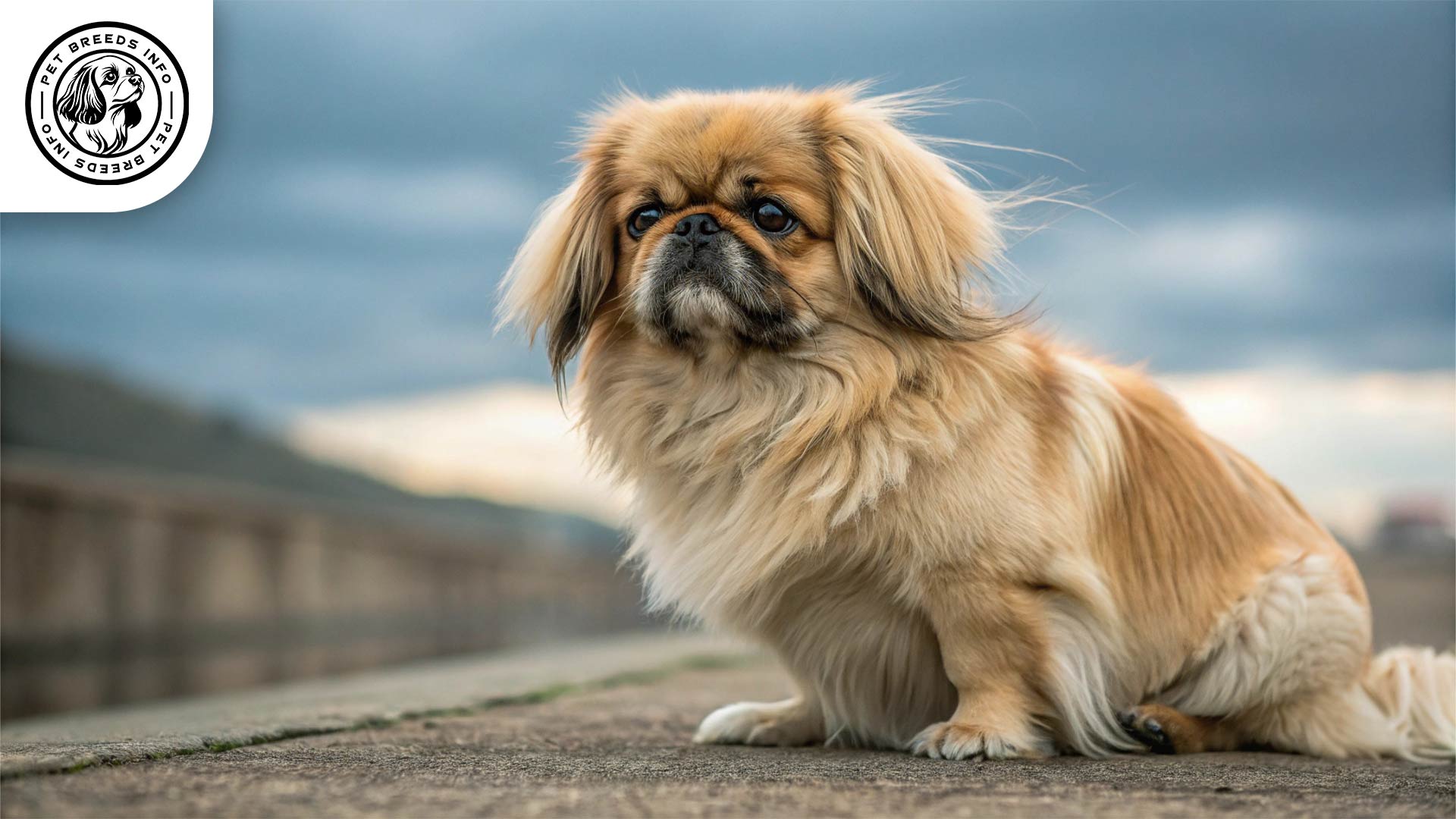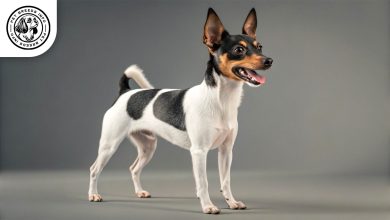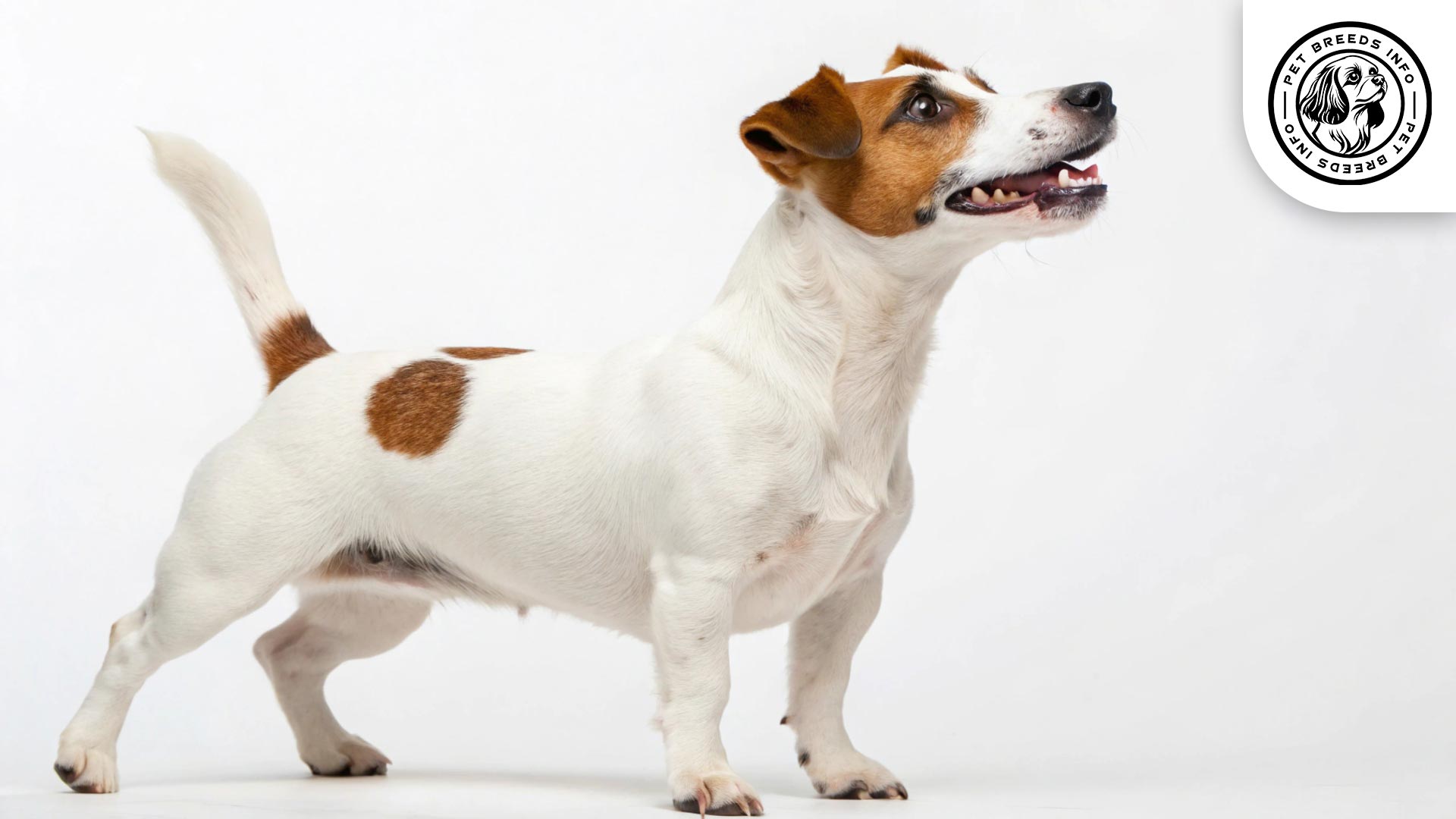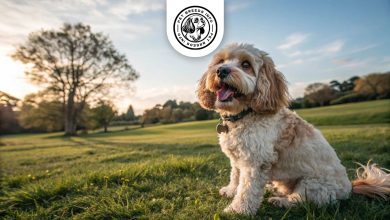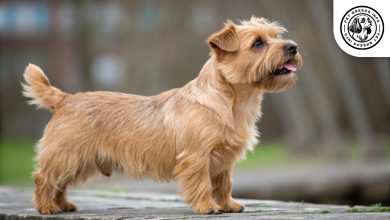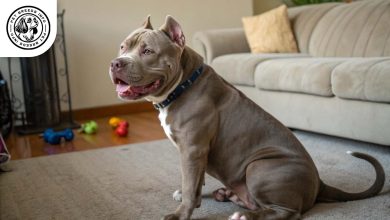Pekingese Dog Breed: Size, Health, Price & Personality
General Introduction of the Breed
The Pekingese, known as “Pekinese” or “Lion Dog,” is a toy breed that originates from China. This ancient breed has a history dating back over 2,000 years and was once exclusively kept by Chinese royalty. Bred as companion dogs for the imperial court, Pekingese were highly revered and even had their own servants. The breed was introduced to the West in the 19th century after the Second Opium War.
Table of Contents
| Weight | 7-14 lbs |
| Lifespan | 12-15 years |
| Diet | High-quality kibble, wet, or raw diet |
| Care | Needs frequent grooming, minimal exercise, sensitive to heat |
| Health | Prone to breathing issues, heart disease, eye problems |
| Color | Fawn, black, white, red, sable, brindle |
| Nature | Loyal, independent, affectionate, stubborn |
| Price | $600 – $3,000 |
Physical Characteristics
The Pekingese is a small yet sturdy dog with a compact body.
Males and females typically stand 6 to 9 inches (15 to 23 cm) tall and weigh between 7 to 14 pounds (3 to 6 kg).
Its coat is long, thick, and double-layered, requiring regular maintenance. Common colors include fawn, black, white, red, sable, and brindle.
The eyes are large, round, and dark, giving the breed a sweet yet alert expression.
The ears are long, feathered, and hang on either side of the head. The tail is set high and carried over the back with a graceful curve.
A distinctive feature of the breed is its short, flat nose, contributing to its characteristic pushed-in face.
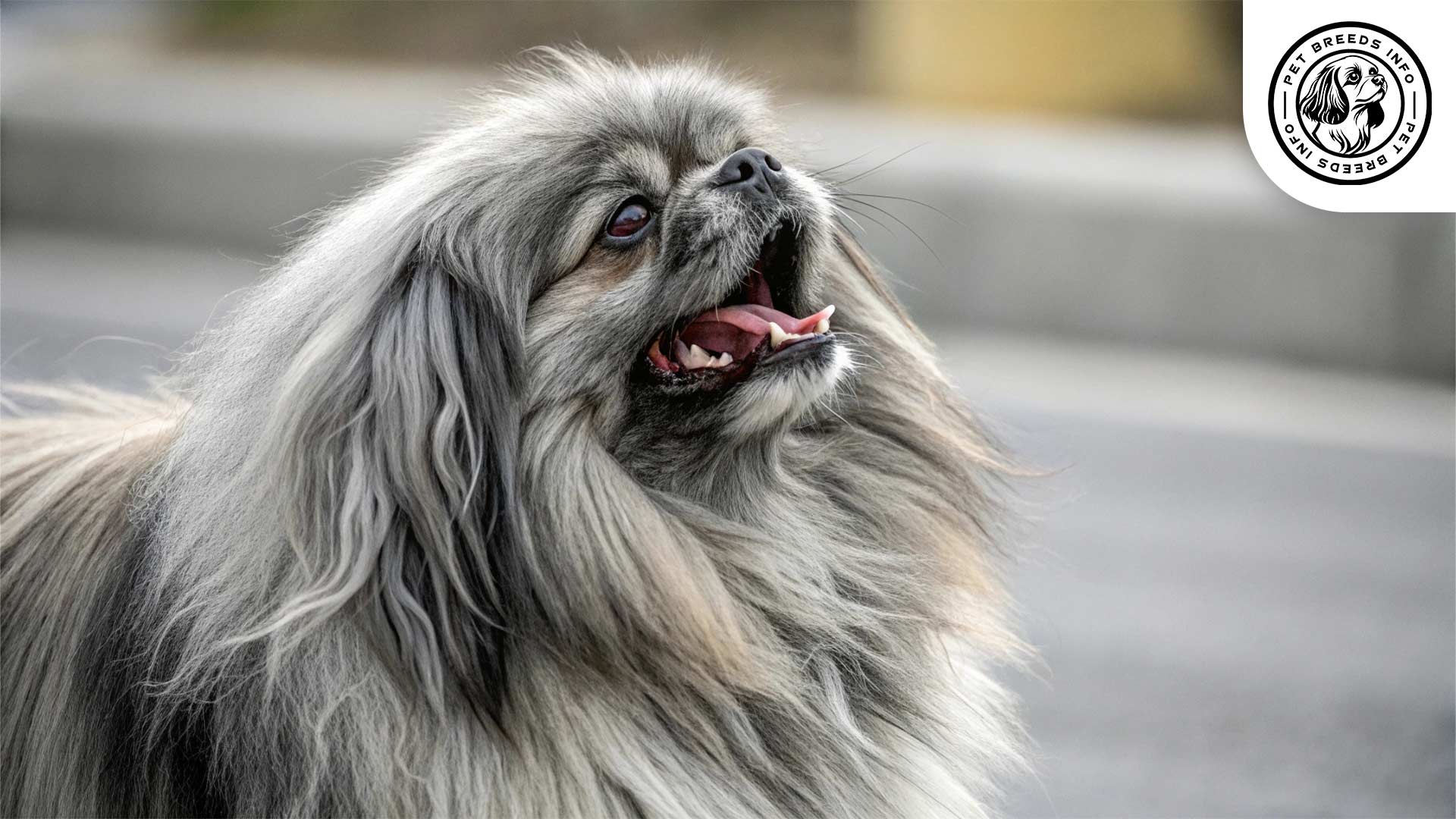
Personality and Temperament
Pekingese dogs are intelligent but can be stubborn, making training a bit challenging.
They have a moderate energy level and enjoy short walks and indoor playtime.
These dogs are deeply devoted to their owners and form strong bonds, often acting protective.
Pekingese can be wary of strangers but are affectionate with family members. They are generally good with older children who understand their small size.
They do not have strong hunting instincts but enjoy playtime with their owners.
Due to their sensitivity, Pekingese may not tolerate sudden changes in routine or environment.
Care and Maintenance Requirements
Pekingese dogs require moderate exercise, including daily short walks and light play.
They adapt well to apartments and smaller living spaces but should not be overly exerted.
Grooming is essential due to their thick coat. They shed moderately and need brushing at least three times per week.
They are sensitive to heat and should not be exposed to high temperatures for extended periods. Cold weather can also be a challenge due to their small size.
Regular bathings, nail trims, ear cleanings, and dental hygiene maintenance are necessary to keep them healthy.
Diet and Nutrition
A balanced diet of high-quality dry kibble, wet food, or a raw diet is ideal for this breed.
Read More: Otterhound Dog
Pekingese may have sensitivities to certain foods, so high-protein, low-fat options are recommended.
Avoid feeding them chocolate, grapes, onions, and overly processed foods.
They should be fed two to three small meals per day, with portion sizes appropriate for their weight.
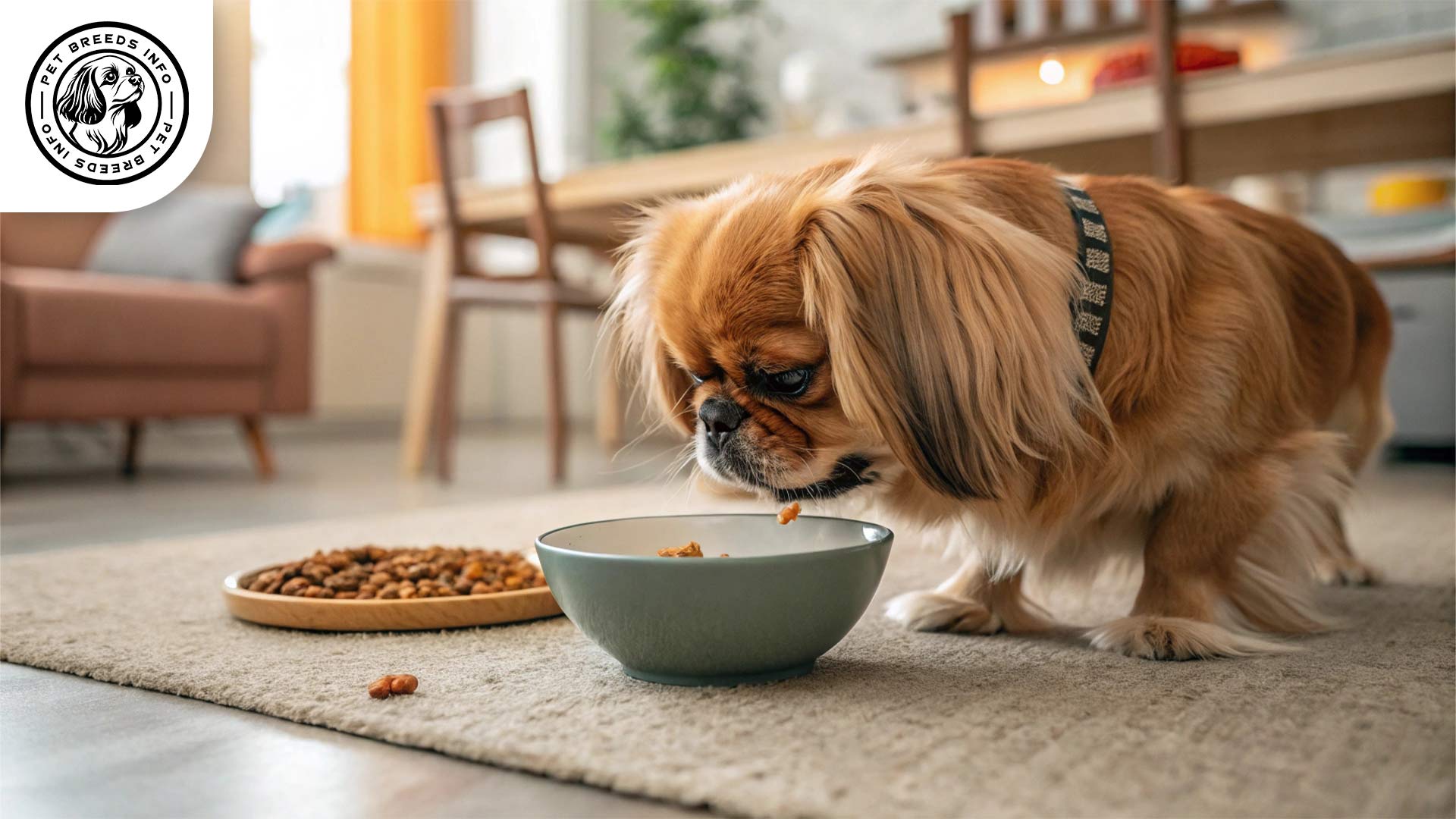
Health and Common Medical Issues
Pekingese are prone to several genetic health conditions, including brachycephalic airway syndrome, heart disease, and eye problems.
They often suffer from breathing difficulties due to their short snout.
Their lifespan typically ranges from 12 to 15 years.
Routine vaccinations, regular vet check-ups, and parasite prevention are essential for their well-being.
Training and Behavior Management
Training a Pekingese can be challenging due to their independent nature.
They respond best to positive reinforcement techniques, including praise, treats, and consistency.
Early socialization is crucial to prevent shyness or territorial behavior.
Housebreaking may take time, so patience and consistency are key.
Read More: Papillon Dog
Interaction with Other Animals and Humans
Pekingese can be good with children but do best with older kids who respect their small size.
They may be dominant or aloof toward other pets, especially larger dogs.
This breed is suitable for individuals or families who can provide consistent companionship.
While affectionate, the Pekingese has an independent personality and may not always seek attention.
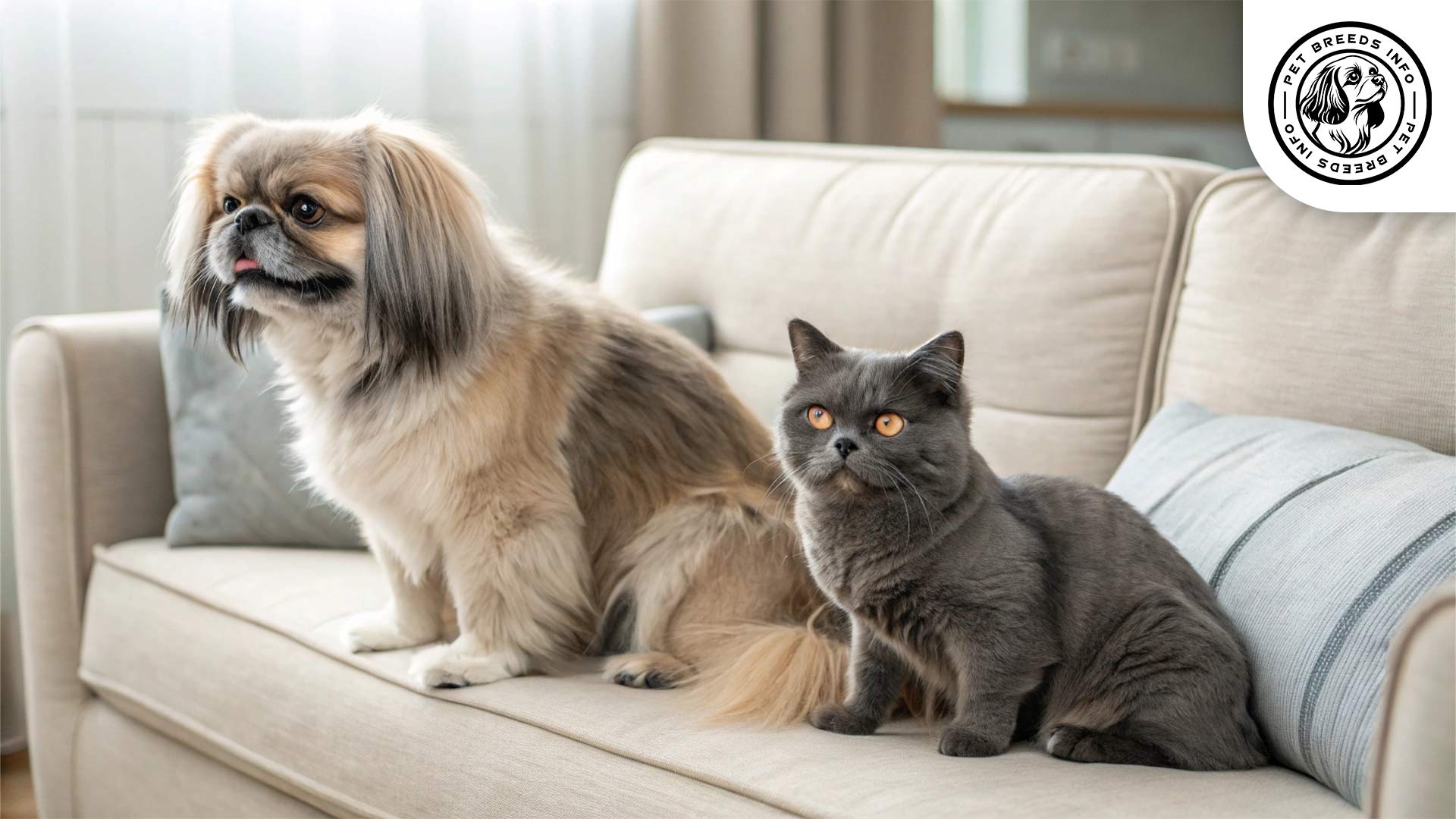
Price and Availability
The cost of a Pekingese puppy ranges from $600 to $3,000, depending on lineage and breeder reputation.
When purchasing or adopting, it is important to choose a reputable breeder or a rescue organization.
Potential owners should ensure the dog has been properly socialized and health-checked before bringing it home.
Conclusion and Final Thoughts
The Pekingese is a unique companion dog best suited for owners who appreciate its independent yet affectionate nature.
It thrives in homes where it receives attention without excessive physical exertion.
Prospective owners should consider its grooming needs, sensitivity to heat, and potential health issues before committing.
With proper care and love, a Pekingese can be a wonderful and loyal pet.
Read More: Parson Russell Terrier Dog
FAQ
Are Pekingese good for first-time dog owners?
They can be, but their grooming needs and stubborn nature may require patience and commitment.
Do Pekingese dogs require a lot of exercise?
No, they have moderate energy levels and only need short walks and indoor playtime.
Are Pekingese good with children?
They are best suited for older children who can handle them gently and respect their small size.
Do Pekingese get along with other pets?
They can be aloof or dominant toward other pets, so early socialization is important.
